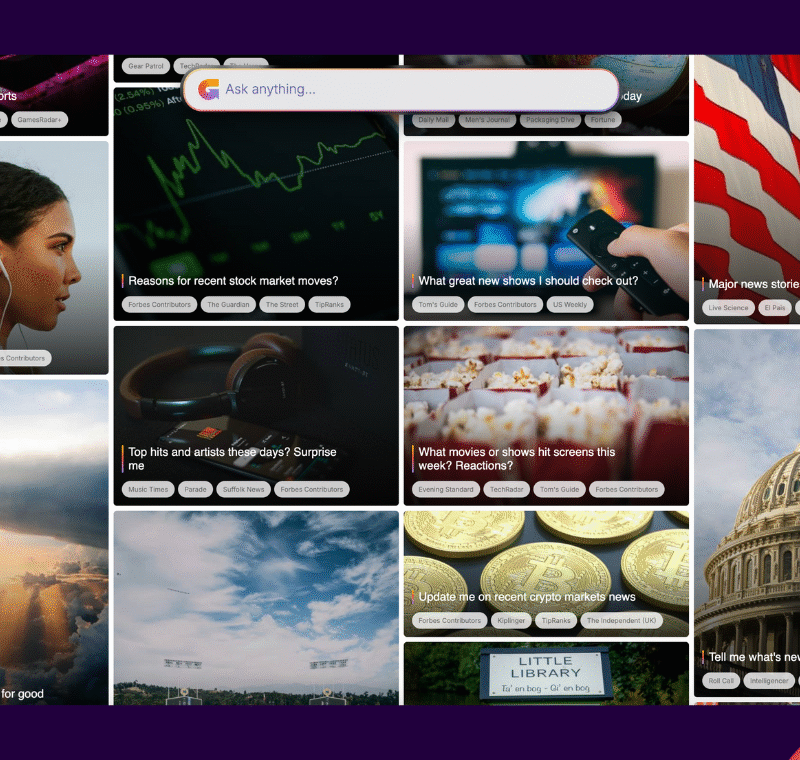Why native video is more than hype and how to make the most of it
Leveraging video content recommendations to engage customers, increasing publisher revenue and providing an overall better user experience is on most publishers’ and advertisers’ minds these days as the rise of video seems to be never ending.

Chief marketing officer, Michael Korsunsky from MGID, a native performance network, is an experienced marketing professional and a true pioneer in native advertising. Here, he explains what best practices for video are and what the definite no-go’s are.
***Michael will be among speakers from around the world at Native Advertising DAYS from 8-10 November in Berlin. As a member of FIPP, you are entitled to a discount of €100 discount on the ticket purchase to the Native Advertising DAYS event by using the promo code FIPP17. Get your discounted ticket here.***
What are the most important best practices for native video?
For advertisers, the key is to remember that native video has to retain its “native” qualities. Simply using the first frame with direct description does not work. Most raw content feeds contain just that, and engagement in the content recommendation delivery format would be extremely low.
The key is to treat native video content the same way as static native: find and use an engaging frame as a thumbnail, and be thoughtful and creative with a text description. For the sake of avoiding potentially negative user association with your brand, whether you are running pre-roll or straight content, stay away from auto-play and especially auto-play with sound.
For publishers, the same common best practices will apply. In terms of providing a better user experience, you must avoid auto-play. I’ve yet to see a statistic suggesting anyone enjoys those. Additionally, video is a flexible tool, and if properly implemented can serve a multitude of functions not available with statics. Use it to promote your own video content if you have it, as an audience acquisition solution. Use it for internal content monetization via pre-roll, etc.
Publishers in FIPP’s and NAI’s global survey of the magazine media industry state that online articles are more effective types of native advertising than video content — is video content too hyped?
“Effective” is a somewhat relative statement. “Sponsored content” is only a portion of the native ecosystem, and primarily available to larger budget branding campaigns. From a content recommendation perspective, the bulk of demand comes in a form of traffic acquisition with subsequent monetisation, more or less arbitrage, or performance targeted campaigns with clear conversion KPI’s.
Understandably, publishers would prefer branded content to any advertising format, but that is not an option for most mid to lower tier publishers. They would simply not be able to generate demand or warrant any significant fee for facilitating that format. So the vast majority of publishers would still run multiple ad formats to generate revenue.
Video makes monetisation available to a much broader publisher segment, and its growing consumption numbers over recent years cannot be argued. By bringing video to native content recommendation, we are simply following what users want, based on statistics.
How do you best measure native video effect?
Aside from a very different set of optimisation parameters, it is simply a different medium to achieve the same results. There is no difference in evaluating performance. Whatever the KPI may be, at the end of the day results should make sense to both demand and supply partners.
What is the ‘trick’ for advertisers to reach new audiences while simultaneously increasing revenue for publishers? Can both parties win in this game?
Short answer; yes, of course. Our entire industry is the result of that. The market will inevitably dictate that economic balance, but closer cooperation between publishers and advertisers in regard to campaign optimisation would definitely help. Things like ad formatting, placement, allowed versus not allowed content, context etc., are what makes or frequently breaks a marketing campaign.
The majority of the risk lays on the advertiser side since positive ROI is almost never guaranteed. So, the more a publisher is willing to support that effort, the more desirable their inventory becomes, which subsequently warrants a higher and more consistent revenue to the publisher.
What is the key to a good user experience in your opinion?
A positive experience is when users get exactly what they expect. Obstructed navigation, intrusive ad formats, click-baiting and a few dozen other questionable formats are all the reasons we have seen an ad-blocking rise in popularity. There is no need for any subjectivity on the matter, as Coalition for Better Ads has already compiled initial standards list. And no, autoplay is definitely not on the “acceptable” ad format list.
***Meet and hear more from Michael at the Native Advertising DAYS in Berlin. Register now using your FIPP member promo code FIPP17 to receive a discount of €100***
More like this
[Video] Melanie Deziel’s rules for creating great native advertising
[Video] Why tone of voice is the key to good native advertising
Lukas Kircher: Native advertising should not ‘blend in’
[Video] Mobile native advertising needs more transparency
Three takeaways from award winning native advertising
[Video] Native advertising has to be done by the editorial team









